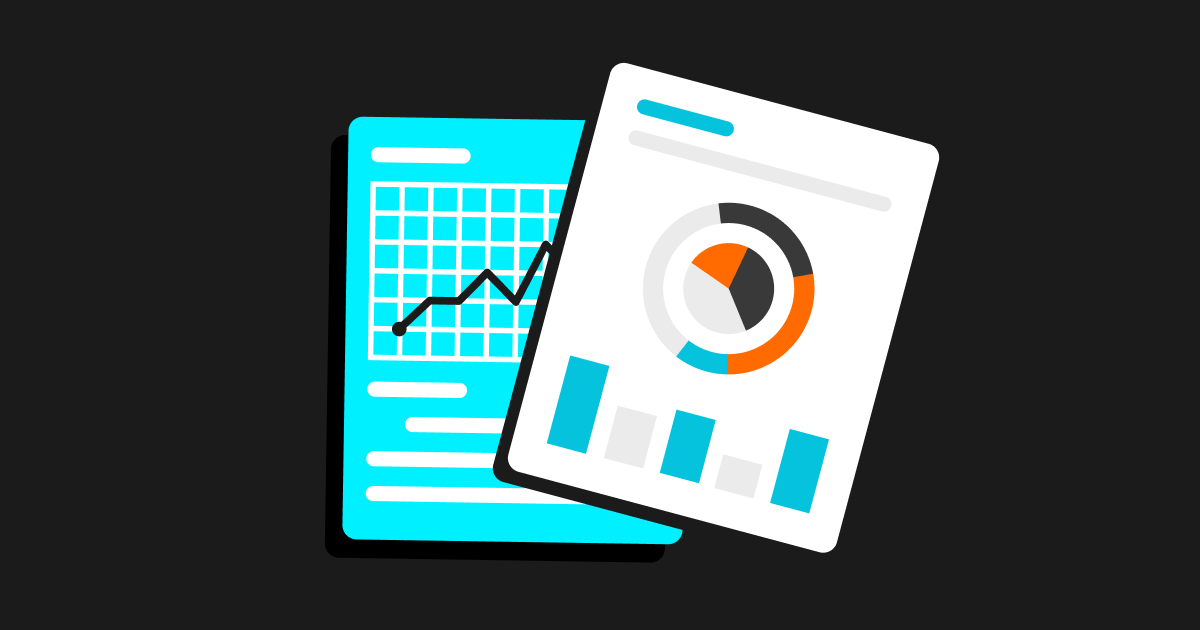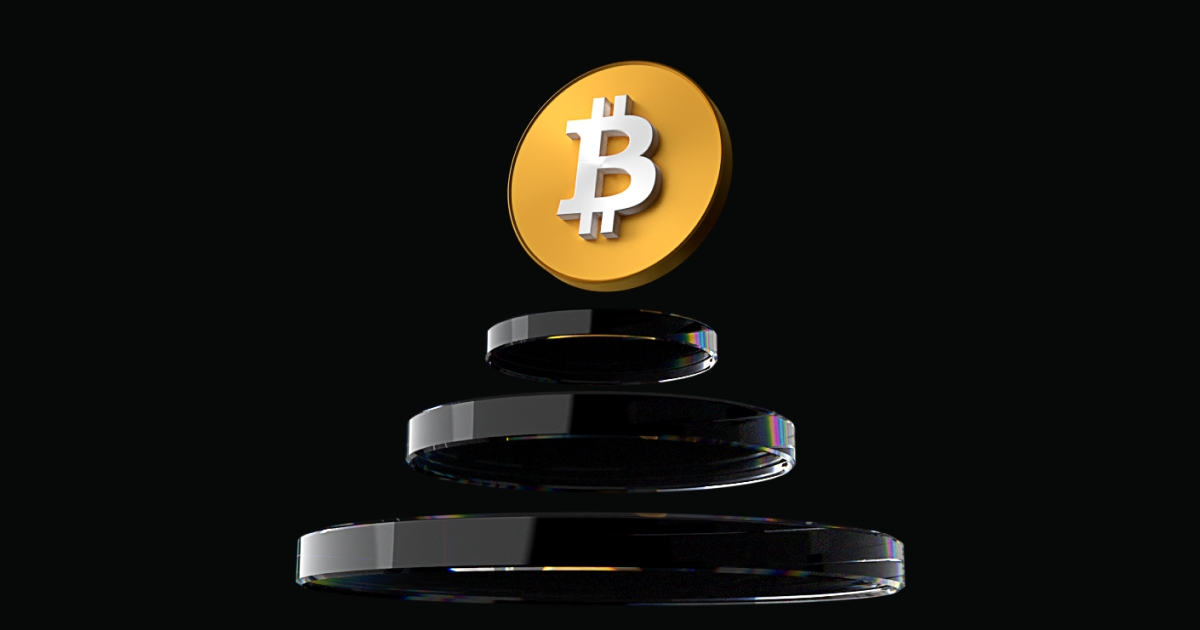
Trading 101: Know The Different Order Types
You will get to know the differences between types of orders and when to use them for better trading returns on Bitget.
As the Digital Age ushered in, trading habits have also changed: People are less likely to rely on brokers or trading advisors; they prefer to execute trades themselves. Understanding the different order types is therefore crucial before you hop into trading on any exchange.
Definition of an order
Simply put, an order is an instruction from a trader/investor to buy or sell an asset in a market or on a trading platform such as Bitget. Basic order types associated with Spot Trading and Futures Trading will be explained below.
Spot order types
You will definitely come across Market Order, Limit Order and Trigger Order - the three basic orders, be it Spot or Futures Trading.
Market Order vs. Limit Order
The most simple must be Market Order - as the name implies, orders are executed immediately at the current market price. Please note that in more volatile markets, for example, cryptocurrencies, the system will match your order to the best price possible, which can be different from the price at execution.

Example of a Market Order for Spot Trading
Also set to be completed as quickly as possible but the Limit Order will be filled at a price closest to the price you are willing to sell/buy, and can be combined with other conditions to refine your trading decision.
Let’s take an example: You want to buy BGB right now and its current value is 0.95428 USDT. After you enter the total amount of USDT you use to buy BGB, the order will be filled instantly at the best price. That is a Market Order.
If you want to buy BGB at a better price, click on Limit, and enter the price to initiate this trade, for instance 0.95430 USDT. This order will be saved into the order book, ready to be completed at the level nearest to 0.95430.

Example of a Limit Order for Spot Trading
Trigger Order
Next, we have the Trigger Order, which is automated as soon as the price hits a particular level. Similarly, there are Market Orders and Limit Orders executed under a trigger condition, as shown in the example below:

Example of a Trigger Order for Spot Trading
Once the market price reaches, let’s say, 0.95428 USDT, the Market Order will be placed and completed instantaneously. The Limit Order will be placed to match the price set by the trader, maybe not the best but surely the closest to his/her preference.
Transaction fees for both Maker and Taker of Bitget spot markets stand at 0.1%, which comes with a 20% discount if traders pay these fees with BGB. More information here .
Futures order types
Before determining the definition of futures order types, we would like you to remember the Maker/Taker terms in futures trading. When participating in futures markets, users will notice a difference in the role they are playing. Market makers and market takers interact with each other to perform continuous activities, thus maintaining the market.
Market makers (Makers) provide liquidity for the asset they want to trade by placing specified orders, for example: Execute sell orders when Bitcoin price hits $100,000. These orders, if not executed immediately, will be added to the list of pending orders on the ledger, ready to provide liquidity to the market when the specified conditions are satisfied. As a result, market makers always receive preferential trading fees. The market taker (Taker) executes orders to match immediately at the market price, thereby withdrawing liquidity from the Maker, so it will usually incur a slightly higher fee.
If you place a Market Order (also known as a Flash Open order), obviously you will pay the Taker fee. A Post Only order is created under the assumption that there is no exact same order pending, otherwise it will be cancelled. You should pay attention to other components of the futures order as well, namely Margin Type (USDT/Coin), Margin Mode (Cross/Isolated), Leverage Level, Order Type (Limit Order, Market Order, Trigger Order and Post Only), Futures Type (Long/Short). Please refer to our guide on Perpetual Futures Trading for detailed information.

Example of Futures Order Types
Advanced Terms
As mentioned above, the three basic order types can be combined with several conditions to suit a trader’s strategies.
For spot markets, the following order types can accompany Limit Orders:
(1) TP/SL (Take Profit/Stop Loss): Use these orders for automatic execution at desired prices for profits and for loss minimisation;
(2) OCO (One-Cancels-the-Other): This is a set of two orders: one limit order and one stop limit order (triggered when a given condition is met), where the full or partial execution of one order leads to the cancellation of the other;
(3) Trailing Stop: It's an automated order that “trails” your stop loss up or down as the trade runs in your favor based on a few basic parameters.

Advanced order types
For futures trading, other conditional orders are [Post only] and [Trailing stop].

[Post only] and [Trailing stop] are available for Futures Limit Orders only
Two other orders that are commonly utilised by traders include Take Profit and Stop Loss. Based on their personal risk appetite, traders will place Take Profit and/or Stop Loss orders on opening/pending positions to realise their preferred profits or exit losing positions once a certain price level is reached. Take Profit and Stop Loss can be combined with Limit Orders as well as Trigger Orders for Margin Trading.
We can see that different combinations of order types will lead to different outcomes, that’s why we recommend you plan your orders accordingly. However, traders should definitely take advantage of Stop Loss to minimise loss potential and reduce the risk of forced liquidation.
Simply create an account, and start exploring the incredible Bitget-Verse today!

